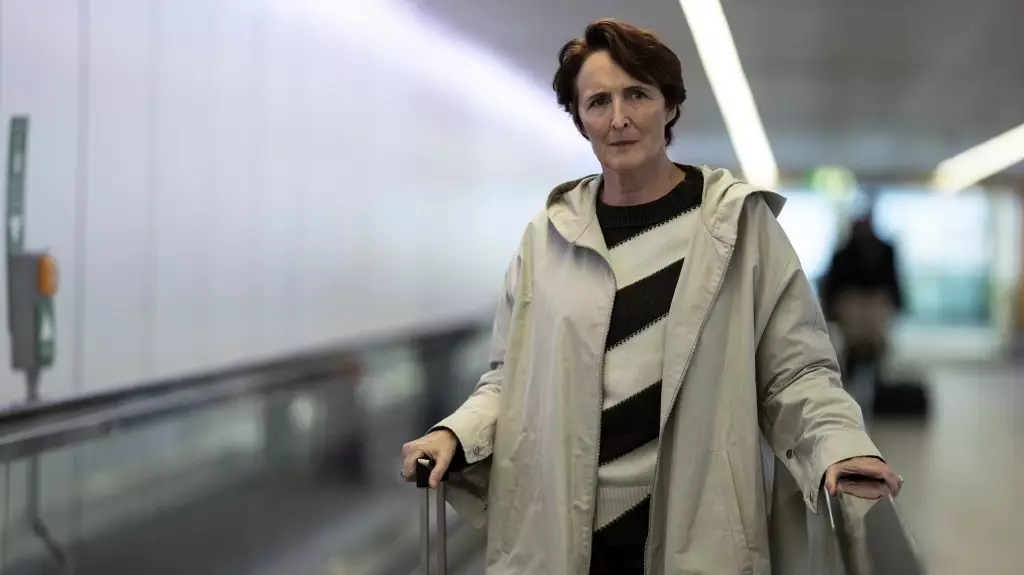The recent unveiling of “Honey,” a much-anticipated Cold War spy drama from BBC and ZDF, has set the stage for an ambitious exploration of espionage. Initially marketed as a standalone series, it has garnered unexpected attention with its revelation as a prequel to the critically acclaimed “Killing Eve.” This connection adds a layer of intrigue, as viewers are already familiar with the enigmatic character Carolyn Martens, exquisitely portrayed by Fiona Shaw. The producers’ choice to withhold this crucial tidbit during the promotional phase raises questions about marketing strategies in the competitive realm of television.
While it is uncommon for networks to keep such significant plot points under wraps, they may have employed this tactic to stoke curiosity and anticipation among potential viewers. The lead character’s name, Marta, and the production company—Sid Gentle, the same powerhouse behind “Killing Eve”—serve as clues for astute fans. Emma Moran, the show’s writer, possesses a knack for blending humor and drama, akin to the signature style of Phoebe Waller-Bridge, thus promising a fresh yet familiar narrative style. However, letting slip that “Honey” is a prequel could have enhanced excitement and reinforced viewer loyalty.
A Journey into Deep Cover
Set against the backdrop of 1982, during the heights of the Cold War, “Honey” plunges into deep cover espionage with Marta at its helm. This character navigates a dangerous landscape filled with adversaries and the constant threat of her true identity being unmasked. This premise allows for a diving deep into the psychological strain of espionage, shedding light on the ways in which personal and professional lives intertwine under extreme circumstances. The stakes are high, encapsulating the period’s paranoia while exploring Marta’s compelling narrative.
The show also exposes the nuances of MI6’s operations, contrasting those with the Stasi’s ruthless tactics under Friedrich Bauman’s leadership. This conflict mirrors the constant power struggle between rival intelligence agencies, providing a rich and dynamic setting for storytelling. Viewers will no doubt connect with Marta’s fight for survival, raising ethical questions about loyalty, betrayal, and the costs of living in a fabricated reality.
Waller-Bridge’s Shadow
Waller-Bridge’s influence looms over “Honey,” given her involvement in shaping the interconnected universe of these espionage stories. After “Killing Eve” dominated conversations about female-led narratives in the genre, the unveiling of this prequel serves to capitalize on its cultural impact and critical acclaim. It’s no coincidence that this buzz is occurring in tandem with Waller-Bridge’s new venture with Amazon, hinting that her brand will continue to shape the landscape of modern television.
The emergence of “Honey” not only paves a path for exploring Carolyn Martens’ early life but also prompts reflection on “Killing Eve” and its groundbreaking role. As audiences eagerly await the full reveal of “Honey” and its ensemble cast—presumably with potential stars eager to flesh out this rich narrative—the anticipation continues to build. The complexities of Cold War espionage, paired with the promise of character exploration and psychological depth, signal a thrilling addition to the spy genre that has captivated audiences worldwide.
